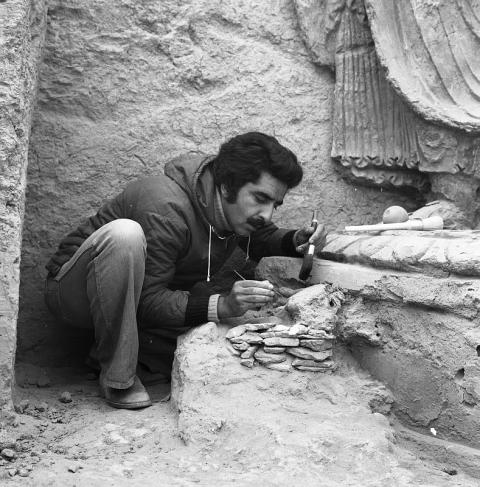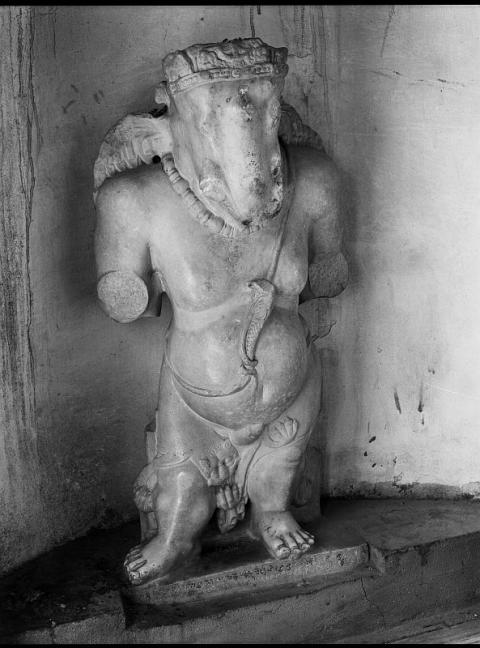A. Symbol (tamga) of the Turk Shahis of Kabul and Zabul
B. Head of a goddess from the late period (8th century CE) of the Buddhist sanctuary at Tapa Sardar (near Ghazni, Zabulistan).Painted clay, H: ca, 64 cm. (© Rome, IsIAO)
The head belonged to a Buddhist version of the Hindu deity Durga depicted killing the demon Mahisha, who in his human form appears from the rump of a beheaded buffalo.
B1. Hypothetical reconstruction of the Durga sculpture from Tapa Sardar. (© Rome, IsIAO)
The reconstruction is based on photographs of the fragments and the close parallels with a contemporary marble sculpture of the same subject from Gardez, Afghanistan (blue). Further parts have been completed based on the analogy with other sculptures of the period that were found at the same site (green).
D. Small, star-shaped stupa from the late period of Tapa Sardar (8th century CE). Clay; max. height preserved 1 m. (© Rome, IsIAO)
Small stupas like this one and clay figures on thrones were erected alternately in a circle around the main stupa during the last phase of Tapa Sardar. The characteristic form refers to the so-called "stupa of the descent from the god realm", which recalls the descent of Buddha from Trayastrimsha heaven, where he went shortly after his enlightenment in order to share his teachings with his mother who had been reborn there. This "descent" marks the beginning of Buddha's teaching and symbolizes the spread of his teachings in all directions, which is reinforced here by omnipresent small Buddha figures.
E. A restorer at work in Tapa Sardar. (© Rome, IsIAO)
Almost everything at Tapa Sardar was made of clay, a smooth and malleable material that gave architects and sculptors nearly unlimited possibilities to embellish their art. At the same time, clay is extremely delicate since it loses its cohesiveness with time, and clay objects are often only a formless mass or in extremely fragile condition when found in archaeological layers. For this reason, much skill and experience is needed for the excavation, conservation and restoration as well as for the documentation of each find.
F. Marble statue of the god Ganesha. The statue was found in Gardez (East Afghanistan) and later erected in the Hindu temple Dargha Pir Rattan Nath in Kabul. (© Shoshin Kuwayama)
The "King Khingala, King of Uddiyana" named in the dedicatory inscription could be the same person as the Kabul Shah Bo Fuzhun known from Chinese sources, who succeeded his father Fulin jipo (Phrom Kesar) on the throne in 745 CE and was invested by the Chinese emperor as king of Uddiyana (Swat).


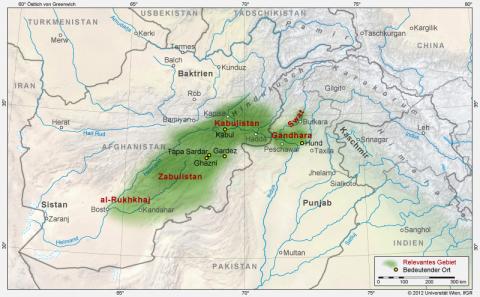
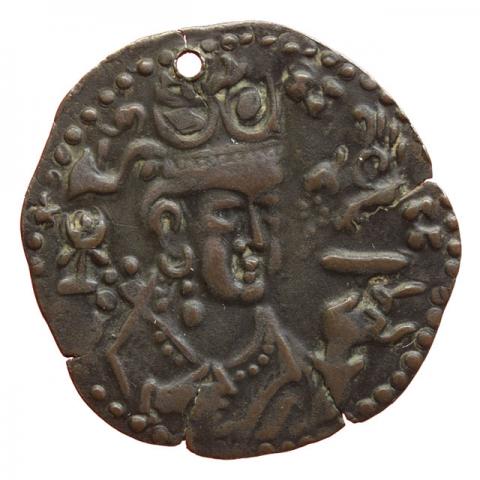


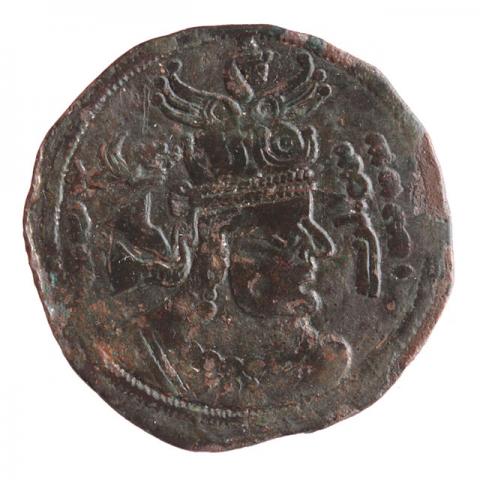
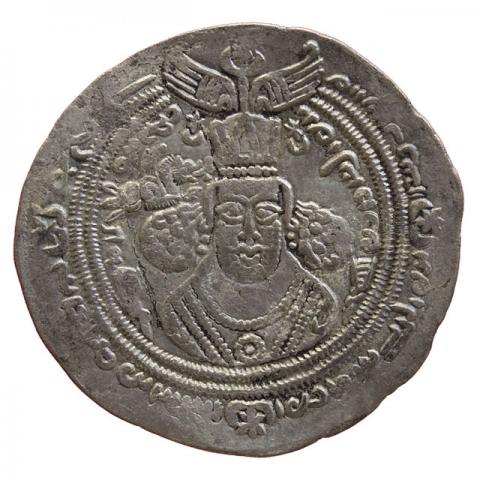
![Bust with wing crown; Pehlevi inscription "From Kesar, the powerful (?) King, the Lord / the royal glory has been increased – Spur [corrupted]" Bust with wing crown; Pehlevi inscription "From Kesar, the powerful (?) King, the Lord / the royal glory has been increased – Spur [corrupted]"](../sites/default/files/styles/large/public/images/coins/06a_247_MK_GR_040051_01.jpg%3Fitok=jFtegN3f)
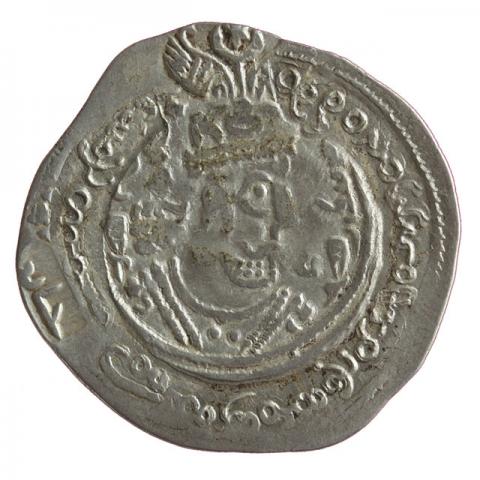
![Bust with winged lion's head-crescent moon crown; Bactrian inscription "His Majesty, the Lord [and] commander Sandan, His Majesty, the Lord", Brahmi inscription "His Majesty Sandan, the Lord"; with a subsequently added countermark Bust with winged lion's head-crescent moon crown; Bactrian inscription "His Majesty, the Lord [and] commander Sandan, His Majesty, the Lord", Brahmi inscription "His Majesty Sandan, the Lord"; with a subsequently added countermark](../sites/default/files/styles/large/public/images/coins/08a_244_MK_GR_041709_01.jpg%3Fitok=FojO4baJ)
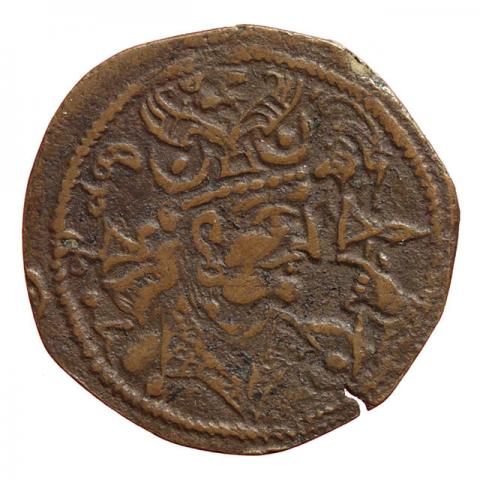
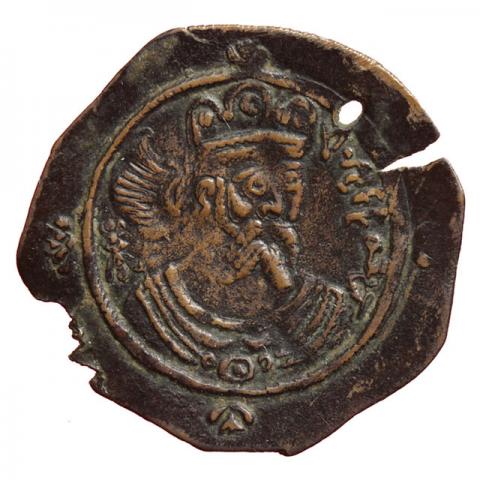

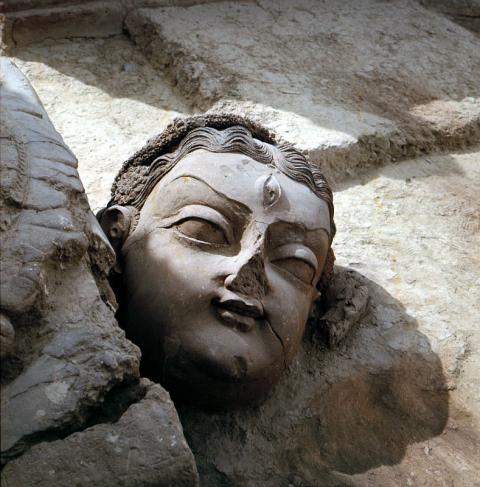

_0.jpg%3Fitok=ERIMddR1)
